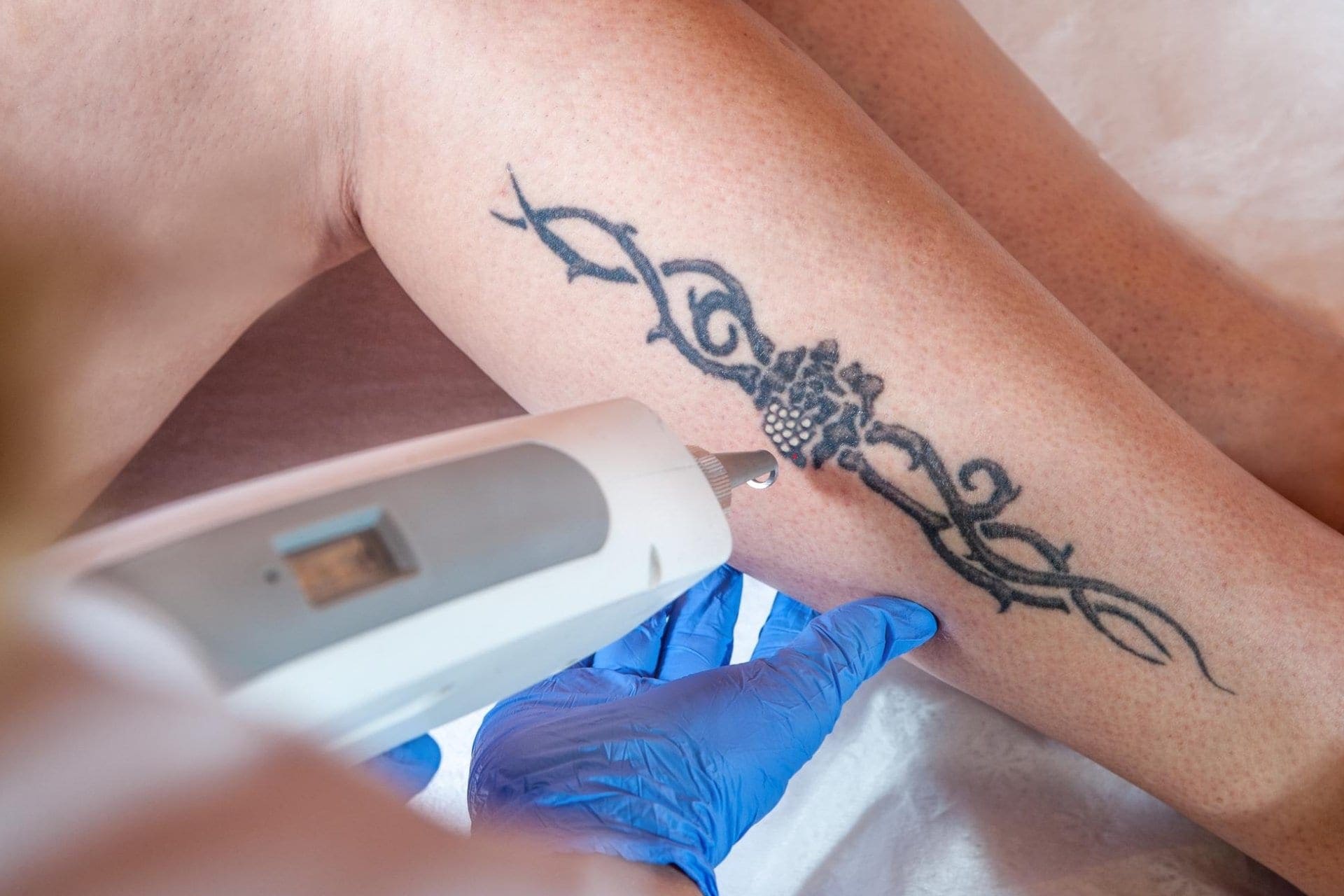Body art is booming in this country. Latest estimates for the tattoo industry puts revenue at about three billion dollars. At the same time, the number of people looking to remove tattoos is growing, as well, and at a higher rate.
In a 2012 poll, Harris Interactive poll found one in every eight people regret getting a tattoo. One analyst predicts that the tattoo removal industry will grow by 18% in the next five years, compared to just 10% for tattoo parlors. Companies that sell medical lasers will see a boost, as well.
What this means is now is the right time to add this feature to your practice. It is essential that any organization that opts to include this important service understand what risks might come with laser tattoo removal and how to make it safer for everyone.
Table of Contents
What are the Risks Associated with Tattoo Removal?
In response to these practice staff member concerns, in 2017 the Centers for Disease Control and Prevention (CDC) did a study to pin down the risks of laser tattoo removal. They found:
- The air samples showed the concentrations of metal were below occupational exposure limits.
- Air samples indicated small levels of acetone, xylene and isopropyl alcohol present during a procedure.
- The highest concentration of airborne particles was near the practitioner doing the procedure as opposed to other areas in the room. In addition, no airborne particles move outside the room during the laser operation.
- There is no sign of carbon monoxide or hydrogen sulfide in the room.
They also noted misuse of “Laser in Use” signs and outdated eyewear protection could lead to workplace accidents when using all products including a used cosmetic laser.
After completing the study, the Health Hazard Evaluation Program of the Centers for Disease Control and Prevention issued guidelines to improve safety during this process.
Be Informed About Technology Used in the Procedure
Laser technology manufacturers should provide detailed information on their aesthetic lasers including:
- Shelf life
- Storage conditions
- Cleaning methods for eyewear
Providing proper information about laser products is a standard instituted by the American National Standards Institute (ANSI) in Z136.3 section 4.6.2. If that information is not available, contact the manufacturer and ask for it.
Properly Implement Safety Measures
Here are some other steps you can take to ensure that your business securely follows industry best practices.
“Laser in Use” Signs
Make “Laser in Use” signs available to staff and ensure they post them only when someone is using the machine. The goal is to prevent accidental eye exposures to the laser when in operation. When the sign is always up or not used, it increases the risk of a staff member walking into a procedure room when the laser is in operation.
Smoke Evacuators
Install them in all rooms equipped with lasers. They help remove odors during the procedure. Their use for laser tattoo removal is similar to usage for laser hair removal.
Eliminate Masks
Practices can stop using a laser or molded surgical mask during tattoo removal. If staff prefers that kind of protection, use a filtering facepiece respirator with The National Institute for Occupational Safety and Health (NIOSH) approval. NIOSH is the U.S. agency that makes recommendations for preventing workplace injuries and illness.
Maintain Local Compliance for Voluntary Respiratory Protection
Although there is no evidence that wearing respiratory protection is necessary during tattoo removal procedures, there are some Occupational Safety and Health Administration (OSHA) regulations for voluntary use (standard CFR 1910.134).
Contact the Department of Environmental Health and Safety for your state to see what the regulations are and that you are in full compliance.
Use NIOSH Approved Filtering Facepiece Respirators
When purchasing respirators, establish that they are certified by NIOSH, for example, like the N95 product. The CDC, the governing body of NIOSH, offers a list of N95 products.
Monitor Eyewear Protection
Routinely check all laser protection eyewear to see that they have labels that state the optical density and wavelength specifications for that product as per the ANSI standard Z163.3 section 4.6.2.3. Discard and replace any pieces without labeling or with labels that are unreadable.
With the right safety guidelines in place, tattoo removal is a revenue-building feature worth adding to your practice.
Keep Up to Date on Best Practices in the Aesthetic Laser Industry
For more information on guidelines for laser tattoo removal or to learn more about available aesthetic laser equipment including a pre-owned medical laser, call and speak to one of our experts at Laser Service Solutions today.


